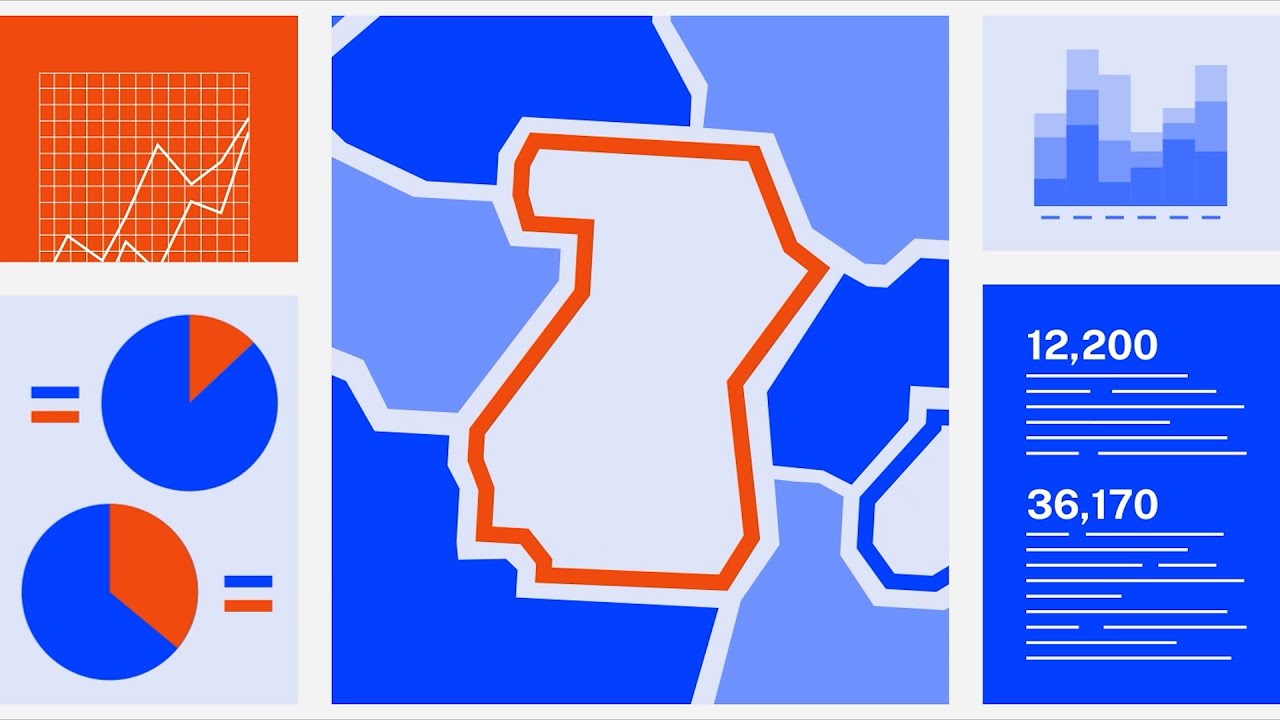The Digital Atlas of Economic Plants in Archaeology is a fantastic resource. It supports engaging, interdisciplinary learning. It is useful for educators across various fields. Consider history, archaeology, and even botany.
What is it?
It's an online database. It details plants used by people in the past. It focuses on their economic importance. That means how they were used for food, medicine, materials, and more.
This resource compiles data from archaeological sites. The information is organized and accessible. It offers insights into ancient diets. Also, it shows technology and trade networks.
It can be used to explore specific plant species. It can demonstrate regional variations in plant use. Furthermore, it highlights changes over time.
Why is it important for teaching?
It connects history to the natural world. It emphasizes the crucial role of plants in human societies. This helps students understand human-environment interactions. They learn about resource management strategies too.
The atlas encourages critical thinking. Students analyze data about past human behavior. They also make inferences about the past.
It promotes interdisciplinary learning. It merges archaeology, botany, history, and geography. This demonstrates the interconnectedness of knowledge.
How can you use it in the classroom?
Activity ideas
Case studies can bring the atlas to life. Pick a specific plant species. Investigate its use at different archaeological sites. Discuss the reasons for variation. Then, analyze the social and environmental factors. These influenced its use.
Comparative analysis is powerful. Compare plant use in different regions or time periods. Ask students to explore the impact of trade routes. Alternatively, examine climate change on plant use.
Research projects are engaging. Assign students plants to research. Ask them to find evidence of their use in the archaeological record. Students then create presentations about their plant.
Interactive maps can be used. Project the atlas on a screen. Explore different sites and plant distributions together. Discuss the geographic context of plant use.
Tips for educators
Start with broad concepts. Introduce the idea of economic botany. Define what it means for a plant to be "economic." That means it is useful or has monetary value.
Provide context is crucial. Explain the archaeological methods used. Detail how plant remains are found and analyzed. This clarifies the data presented in the atlas.
Visual aids are beneficial. Use images of plants, artifacts, and archaeological sites. These enrich the learning experience. They also make the information more relatable.
Encourage critical evaluation. Remind students that the archaeological record is incomplete. Discuss limitations and biases in the data. This fosters nuanced interpretations.
Common misconceptions
Avoid the assumption that all ancient societies used plants the same way. Plant use varied depending on the environment. It also depended on culture and available technologies.
Clarify that absence of evidence is not evidence of absence. Just because a plant isn't found at a site doesn't mean it wasn't used. Preservation issues can impact the data.
Explain that "primitive" doesn't mean "inefficient." Ancient plant use systems were often highly sophisticated. People developed innovative solutions for survival.
Making it engaging
Relate it to modern life. Discuss how ancient plant knowledge informs modern medicine. Or, talk about agriculture and sustainable practices.
Use storytelling. Create narratives about past human lives. Emphasize the role of plants in their daily activities.
Invite guest speakers. Have an archaeologist or botanist visit your class. They can share their experiences with plant-related research.
Hands-on activities are useful. Plant seeds of ancient crops. Alternatively, try making dyes or textiles from plant fibers.
Virtual field trips can be helpful. "Visit" an archaeological site where economic plants are studied. Explore the landscape and its connection to plant use.
Expanding the learning
Explore related resources. Examine other online databases focusing on ethnobotany or archaeology.
Connect with local experts. Invite representatives from local museums or botanical gardens. They can discuss relevant research and collections.
Encourage student-led research. Let students choose a plant. Have them present their findings to the class.
By integrating the Digital Atlas of Economic Plants in Archaeology into your curriculum, you can provide a meaningful and engaging learning experience for your students. You allow them to explore the rich history of human interaction with the plant world.
By incorporating a variety of teaching strategies, you can cater to different learning styles. You also foster a deeper understanding of the complexities of the past. Most importantly, you can inspire students to think critically about the relationship between humans and the environment.

